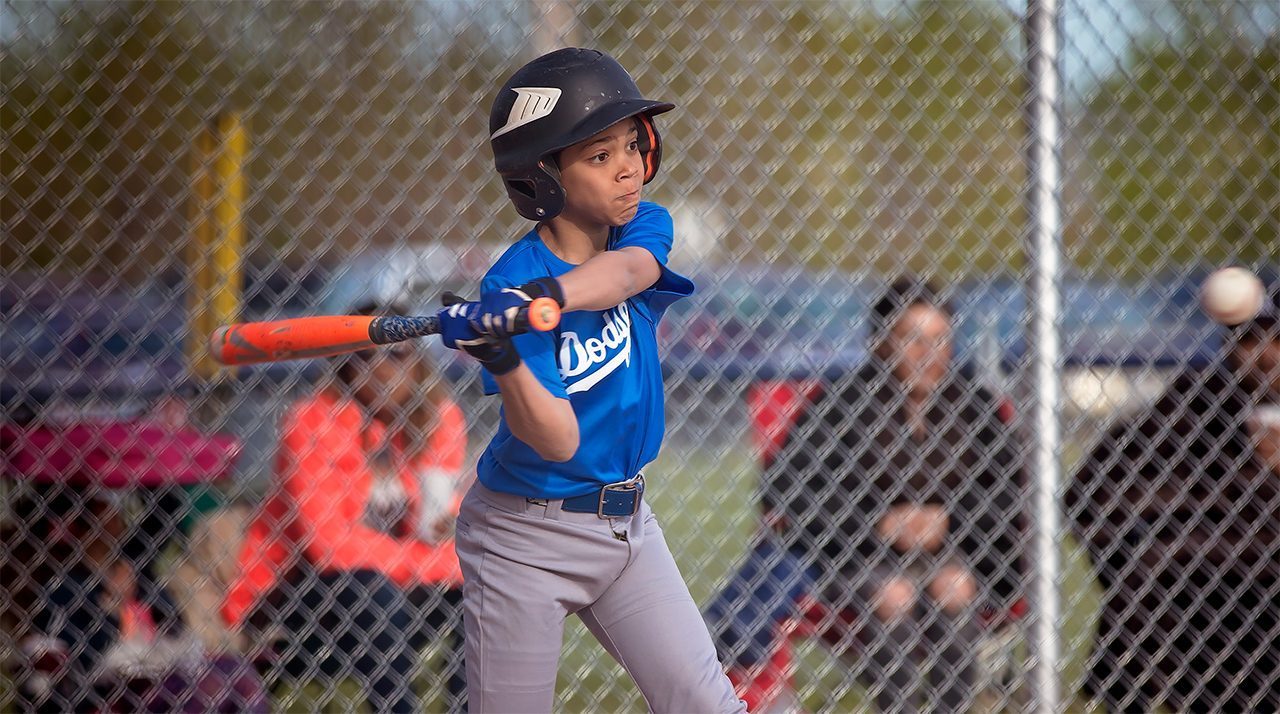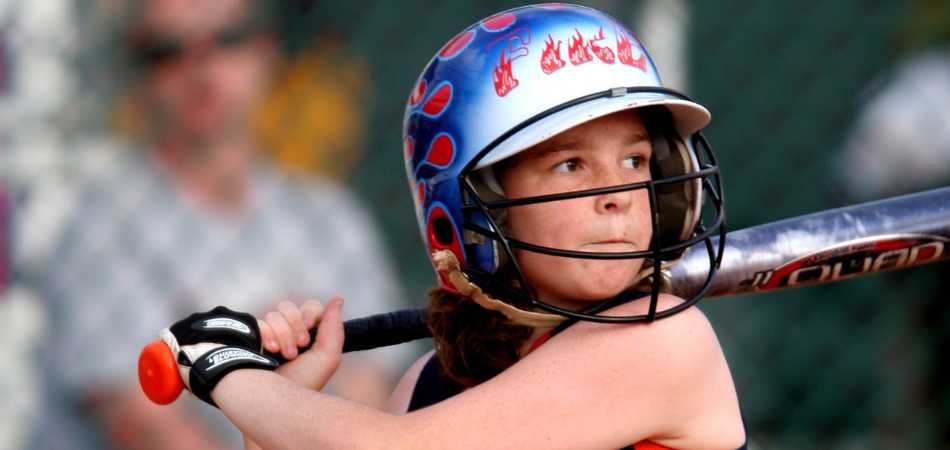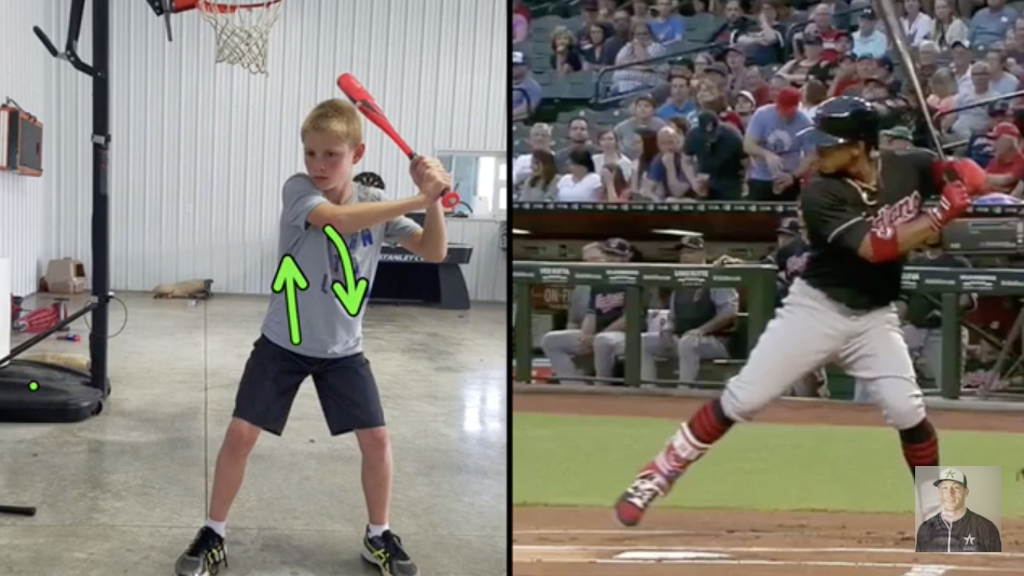Summary
Learn about the main elements of a powerful baseball swing for children between the ages of 8-10.
Find out how to instill confidence and a strong mindset in young batters.
Understand the significance of swing mechanics and how to dissect them.
Discover practical exercises that can be performed at home or on the field to improve batting.
Learn how online coaching can enhance your child’s baseball batting abilities.
Getting Ready for the Pitch: A Handbook for Young Batters
Baseball is more than just a sport; it’s a passion that begins at a young age. For children aged 8-10, learning to bat a baseball is about more than just swinging a bat; it’s about laying the groundwork for success both on and off the field. Let’s delve into the realm of baseball batting lessons for children and see how to develop the abilities that will make your young hitter stand out.

The Basics of a Strong Swing
Before we dive into the details, it’s important to note: a strong swing begins with the basics. It’s like constructing a house; you must first establish a solid base before you can erect the walls and roof. In the case of a baseball swing, this base consists of stance, grip, and balance.
Developing Confidence in Your Stance
Next, we’ll discuss the stance. This is how you stand at the plate. A proper stance provides balance and prepares you to hit. Imagine your feet as the roots of a tree, securely planted to provide the power you need. Here’s what you need to concentrate on:
Keep your feet apart as wide as your shoulders for a strong foundation.
Keep your knees a little bent, prepared to move quickly.
Stand on the balls of your feet, not your heels.
These pointers will give you a stance that’s as sturdy as an oak and as prepared as a runner at the starting line. For more detailed guidance, check out our article on baseball hitting techniques to improve your child’s stance and swing.
Getting into the Batter’s Head
But there’s more to hitting than just physical skill; the mental game is just as important. A batter who believes in themselves is a batter who hits the ball. If you have confidence in your ability to hit, you’re already halfway to a home run. Here’s how to build that confidence:
Developing Mental Resilience in Young Athletes
Mental resilience is about not letting a strikeout or a missed hit get to you. It’s about dusting yourself off and knowing that you can and will improve next time. It’s about training, tolerance, and tenacity. Encourage your children to persist, even when it’s difficult.
Teaching Concentration for Batting
When it’s your turn to bat, everything else should disappear. It should be just you and the ball. That’s concentration. Teach your kids to focus on the moment, on the pitch, and on their swing. This concentration will help them hit better and enjoy the game more.
Explaining the Swing Mechanics
Now, we’re diving deep into the core of hitting. A good swing is like a choreographed dance; every movement works in harmony to hit the ball perfectly. Let’s dissect it one step at a time.
Mastering the Grip for Optimal Control
How you hold the bat can have a significant impact. You need a grip that’s secure but not overly tight. Align your knuckles and hold the bat as if you’re giving it a solid handshake. This grip provides you with control and strength.
Adjusting the Stance for Better Balance
You’ve established your stance, now let’s adjust it. Ensure your shoulders are level with the plate, and your gaze is on the pitcher. Visualize a line from your head to your feet; that’s your balance line. Maintain your center over it, and you’ll be prepared for whatever the pitcher sends your way. For more detailed guidance, check out these youth baseball pitching techniques to enhance your command and control skills.
We’ve gone over a lot, but there’s so much more to come. Keep an eye out for more tips on swing mechanics, drills, and how online coaching can help your young hitter improve.
The Domino Effect: Generating Power from Toes to Tips
The swing begins from the ground and works its way up. This is known as the domino effect – a sequence of movements that, when performed in unison, generate power. Picture it as a line of falling dominoes; if one is misplaced, the entire line comes to a halt. That’s why it’s vital for young batters to understand how to use their entire body when they swing.
Cracking the Code of Bat Speed and Timing
Baseball is a game of timing. Swing too soon or too late, and you’re not going to make contact with the ball. Bat speed is also crucial. The faster you swing, the harder you’ll hit the ball. But remember, it’s not just about swinging as hard as you can; it’s about swinging at the right moment.
So, how do you instill the concepts of timing and bat speed in children? Begin with the fundamentals:
Keep your eyes on the pitcher’s arm and the ball as they approach you.
Train yourself to swing at various pitches, to get a feel for adjusting your timing.
Engage in drills that emphasize swift, clean swings to increase speed.
These pointers will help budding hitters to get into the groove of the game and to strike the ball with greater strength and accuracy.
Effective Exercises for Perfecting Your Swing
Exercises are the foundation of an excellent swing. They help to instill the skills we’ve discussed into muscle memory, so when it’s time to play, everything feels second nature. Let’s explore some exercises that will help improve the swings of young players.

Getting the Basics Down: Tee Work
Using a batting tee is like learning to write on lined paper. It guides you in the right direction. It allows hitters to concentrate on their swing without the distraction of a pitch. It’s easy, it works, and you can do it just about anywhere.
Begin by placing the tee at waist level.
Concentrate on striking the ball’s center to send it directly.
Practice hitting the ball to all areas of the field – left, center, and right.
Keep in mind, the most successful batters devote many hours to tee practice. It’s a proven strategy that yields results.
Soft Toss Drills: Strengthening Vision and Hand Skills
Soft toss is an advanced version of tee work. It requires a partner to softly throw the ball to the batter. This exercise enhances hand-eye coordination and timing, two crucial skills for batting. Here are the steps:
Your partner should kneel to the side and a bit in front of the batter. They should then softly throw the ball into the batter’s zone. The batter should concentrate on following the ball and making a smooth, controlled swing.
Live Pitching: The Ultimate Test
Nothing beats the real deal. Live pitching practice is the stage where young hitters can put all their training to the test. It’s tougher, but it’s also more fulfilling. When a kid scores a hit off live pitching, they can really feel their improvement.
Keeping Up with the Times Through Online Coaching
Baseball is a sport rich in tradition, but that doesn’t mean we can’t take advantage of modern techniques to get better. Online coaching is a revolutionary tool. It gives kids access to professional coaching no matter where they are, which is particularly beneficial when in-person coaching isn’t feasible.
Choosing the Best Online Hitting Coach
All online coaches are not the same. Search for a coach who has worked with young hitters before and who knows the specific issues they face. A high-quality online coach will give tailored advice and exercises that are suitable for the player’s ability and objectives.
For instance, the Complete Hitter Starter Program is a well-liked choice that offers an all-inclusive online coaching experience aimed at improving the performance of young players. To further enhance their skills, incorporating additional bat speed and power techniques can make a significant difference.
Utilizing Online Lessons in Practice
Online lessons work best when you incorporate them into your regular practice routine. Watch the videos together with your kids, jot down some notes, and then hit the field or backyard to apply those lessons. This combination can lead to some major improvements.
How to Improve Your Skills with Training Tips
In addition to the exercises and techniques, there is a lot of information available to assist young batters in improving. Let’s see how you can use this information to enhance your child’s batting.
Learning from the Pros: Video Analysis
Video analysis is a great tool for young hitters to learn from the best. By studying the swings of professional players, they can pick up techniques and apply them to their own game. It’s like having a personal hitting coach right in your living room.
Keep in mind that with tools like the Complete Hitter Starter Program, you can tap into a treasure trove of video content that can assist young hitters in visualizing the techniques and incorporating them into their own swings.
Developing a Customized Batting Strategy
Each batter has unique strengths and weaknesses, so it’s crucial to develop a batting strategy that’s customized to them. Spend time evaluating their strong and weak points, and then create a training routine that targets specific areas for improvement. This individualized strategy can significantly enhance their progress.
In the following section, we’ll delve deeper into how you can elevate your players’ game and set them on the path to becoming hitting masters. Stick around for the last part of this guide, where we’ll tie everything together and put your young hitters on the road to victory. For more detailed strategies, check out our guide on baseball hitting drills for youth.
It’s time to elevate your little leaguer’s game. With the right direction and tools, they can start batting the ball with more force, precision, and self-assuredness. Here’s how you can assist them in starting their path to becoming fantastic batters.
Don’t forget, baseball is more than just a game. It’s a chance for children to learn important life lessons such as working together, discipline, and determination. As they get better at hitting, they’ll also develop character and self-confidence. Let’s help them knock it out of the park in baseball and in life.
Boost Your Child’s Performance with Our Online Tools
Online tools can give you a treasure trove of information and skills right in the palm of your hand. With all-inclusive training courses like the Complete Hitter Starter Program, you can unleash your child’s talent and inspire them to take their hitting skills to the next level.

Common Questions and Answers
As we conclude, we’ll answer some frequently asked questions that parents and coaches often have about baseball hitting lessons for children.
When should children begin baseball hitting lessons?
Children can begin playing tee-ball at ages 4 or 5, but more formal hitting lessons often start when they’re around 7 or 8 years old.
Starting at ages 8-10 gives young players a chance to develop their motor skills and learn the basics of the game.
The lessons should be suitable for the child’s age and concentrate on enjoyable, skill-building activities.
Children in this age group are primed for learning, and they can absorb new information quickly. Getting them started with formal hitting lessons can help them hone their skills early, giving them an advantage in the game.
How much should kids practice hitting to get better?
Improvement is all about consistency. Ideally, kids should practice hitting 2-3 times a week, with each session lasting about 30 minutes to an hour. This allows them to build muscle memory and refine their technique without causing burnout.
It’s not about how much you practice, but how well you practice. Keep your practice sessions on point and meaningful, with well-defined goals and feedback.
Is online coaching as good as in-person training?
Yes, online coaching can be very effective, especially when combined with regular in-person practice. It offers flexibility and access to expert advice that may not be available locally.
Search for online platforms that provide comprehensive video tutorials, individualized responses, and a well-organized syllabus, such as the Complete Hitter Starter Program, which can assist young batters in understanding the intricacies of the sport.
How can I tell if a youth baseball hitting coach is good?
A good youth baseball hitting coach will:
Keep a positive and uplifting attitude.
Know the growth stages of young players.
Speak well with both children and their parents.
Put emphasis on basic skills and correct form.
Make the learning process enjoyable and captivating.
They should also be capable of modifying their coaching to meet the needs of each player, allowing them to improve at a rate that is comfortable for them.
How can parents foster their child’s growth in baseball?
Parents are essential in their child’s baseball experience. Help your child by enhancing sportsmanship and respect.
Supporting them to practice at home.
Going to games and cheering for them.
Giving positive reinforcement and constructive criticism.
Buying quality equipment and training materials.
Staying active and showing interest in their improvement.
Keep in mind, your encouragement can greatly boost their confidence and passion for the game.
What do you need to practice hitting at home?
If you want to practice hitting at home, you might want to think about getting these items:
A tee to practice basic swings.
Baseballs or softer balls for safe practice.
A net or safe area to hit into.
A bat that fits the child and is easy to swing.
These simple tools will help young hitters improve their swing technique and build strength.
What are some safety precautions for kids playing baseball?
Keeping kids safe is crucial. Make sure kids always wear helmets during practice and games, and that an adult is always present. Teach them the right way to play to avoid getting hurt and make sure they stretch before swinging to avoid pulling a muscle.
How can video analysis enhance a kid’s batting skills?
Video analysis provides players with an opportunity to view their swing from a different angle, which aids them in identifying and rectifying their techniques. It’s an effective learning resource that can be used to compare their swing with that of accomplished batters.
Training programs such as the Complete Hitter Starter Program often incorporate video analysis into their training to provide a technologically advanced method of improving a young player’s game. For a deeper understanding of how this can enhance performance, check out this guide on youth baseball development metrics and video analysis.
Now that you’ve got these tools and tips, you’re ready to help your little baseball lovers become expert hitters. Remember, the journey is as important as the destination. Relish each moment on the baseball field and see your kids grow into not just excellent players, but also excellent individuals. It’s time to play ball!
Your request doesn’t contain any AI content to rewrite. Please provide the content you’d like me to rewrite.
Leave a Reply